
JWST Reveals New Details of M87 Black Hole Jet
JWST unveils unprecedented infrared views of the M87 black hole jet and counter-jet, revealing its structure and interaction with its environment. This provides key insights into jet physics.

JWST unveils unprecedented infrared views of the M87 black hole jet and counter-jet, revealing its structure and interaction with its environment. This provides key insights into jet physics.
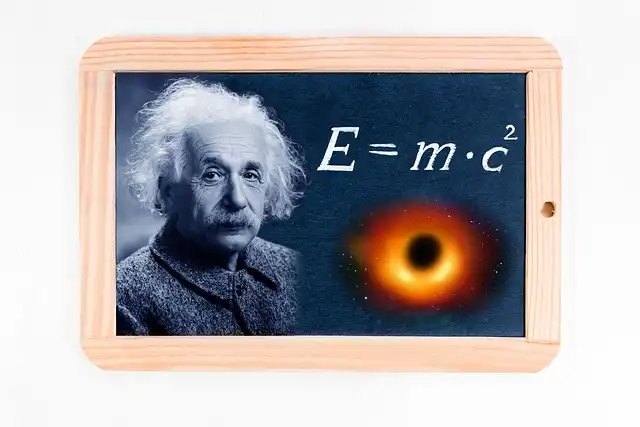
Gravitational lensing, captured by JWST, magnifies light from remote galaxies, revealing details unseen by Hubble. It allows astronomers to study galaxy formation and dark matter's role in the early universe.
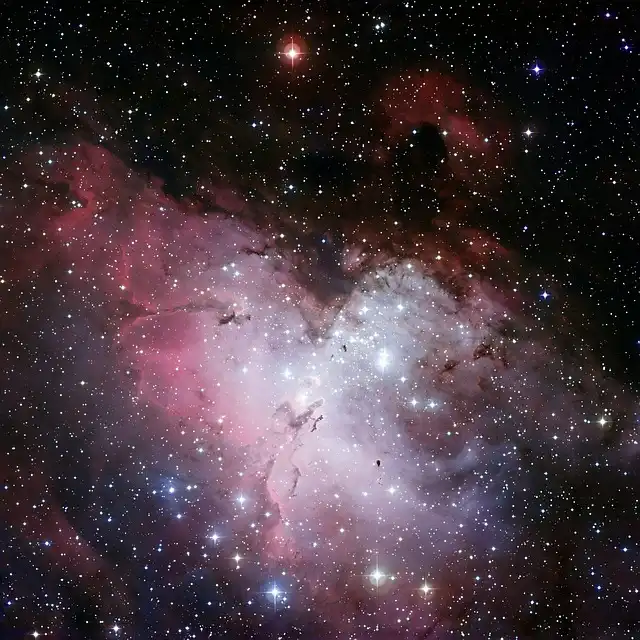
JWST reveals Pismis 24 in the Lobster Galaxy: Powerful stellar winds and UV radiation from massive young stars sculpt gas and dust, birthing new stars in a cosmic nursery. Colors reveal gas density and starlight.
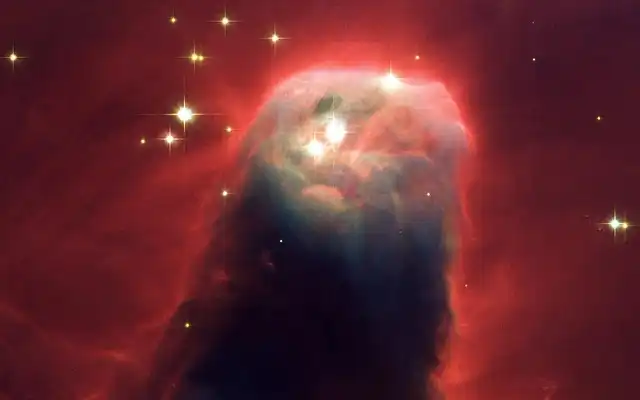
Scientists are puzzled by the lack of water in planet-forming disks in NGC 6357. JWST and upgraded observatories are crucial to understanding the role of carbon dioxide and UV radiation in Earth-like world formation.
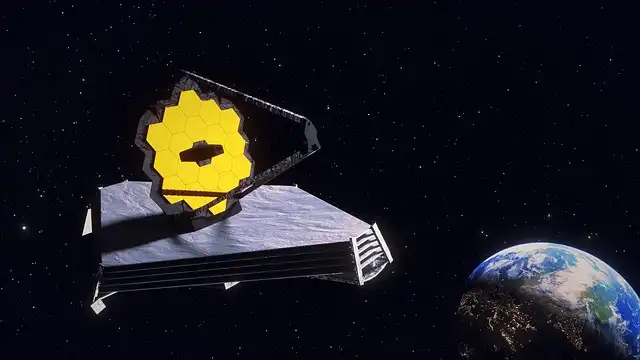
JWST's COSMOS-Web map, spanning cosmic time, reveals 800,000 galaxies, including unexpectedly numerous galaxies and supermassive black holes, challenging cosmological models and boosting deep space exploration.
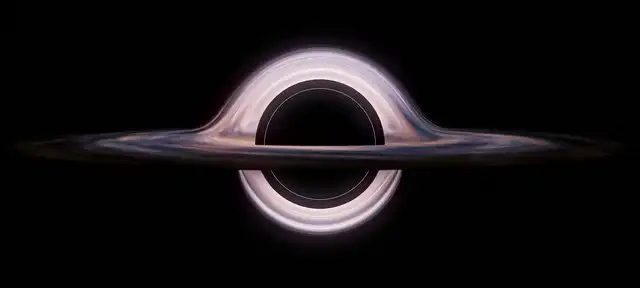
JWST observations reveal dust obscured a black hole (LID-568), leading to overestimation of its mass and accretion rate. Recalculation using infrared light provides a more accurate mass estimation.
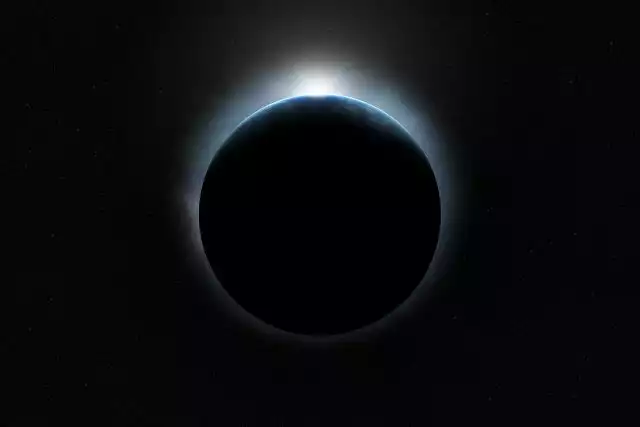
For instance, a surface covered in the black rock basalt would hint at the presence of volcanoes, like on many planets in our solar system.